Silhouettes are a fun concept to dig into because you can achieve so much with this constraint. You can capture sunsets in a more meaningful way, you can highlight lighting phenomenon, or you can feature the lines of your subject. One of the funny things about artistic constraints is that they actually fuel creativity. It sounds counter-intuitive, but the limits force you to think outside of the box. I enjoy shooting silhouettes because it forces me to focus on the geometry of the object and how it relates to the background of the composition. It gives me the freedom to just think about how the patterns of a composition look together, and not worry about much else.
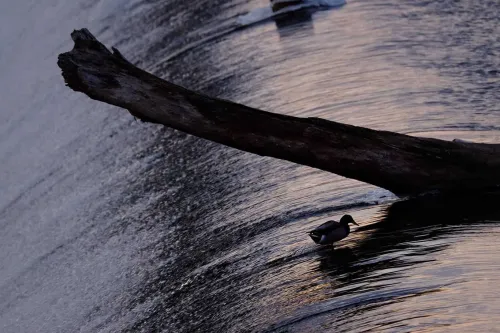
Capturing silhouettes takes relatively few steps. Make sure the subject you are capturing is in a lower light than the background of the photo, and then expose for the background. Make sure to focus on your subject or the silhouette effect will be mostly lost (I’m sure there are exceptions). If there is a big enough disparity in the lighting, the subject will be black or nearly black with little texture detail. If you are using a mirrorless camera or any camera with a live view you can easily see if the subject is dark enough show up as only a silhouette in your photograph.
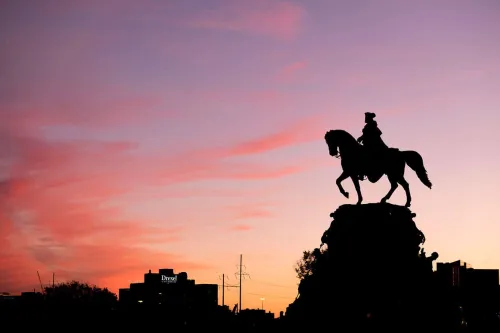
The lines of a silhouette, especially against a flat background, are especially stark. This presents a few advantages to the photographer. For one, the hard lines can bring out the interesting shapes of the subject. The George Washington Monument shows Washington on his horse, and even at small image sizes you can see the reins, tufts of hair on the tail, and the kind of hat Washington is wearing. This level of detail on a subject is highlighted and brought into intense focus. There is no question what direction the horse is facing and what action is being taken. Playing on the implied movement of the statue, I pushed the statue to the right of the frame, further implying motion. This picture may have still worked with ample light cast upon the statue, but I feel that the lack of detail of other foreground and mid-ground objects allowed me more freedom to place the frame where it needed to go without fear of chopping off buildings and trees in odd places.
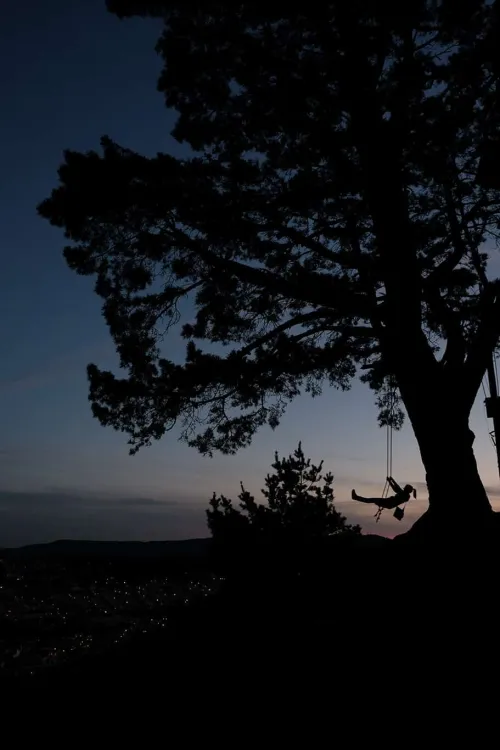
The other interesting aspect of silhouettes is a more 2D space than you would have otherwise. This is predicated on your depth of field, or rather, what is in focus. As long as your subject is entirely in focus, the silhouette looks almost like flat object, rather than the textured 3D object it likely is. You can manipulate perspective a bit more easily, tying two related objects more closely to each other. In the example of the tree and the swing, the tree seems larger than it already was, simply because the person in the frame was further away from the camera than the trunk. Because there are no lighting or texture cues on either, we can’t readily tell.
Conversely, if you want to show depth, you can show that as well. If you have a more shallow field of vision, you can show a deeper perspective by showing the distance between objects on the basis of how focused they are. If you focus on the subject nearby, items in the background will progressively fall out of focus. This gives the viewer a sense of proximity, despite few other visual cues.

Aside from shapes, silhouettes are also very capable of helping show a mood. Because you are not exposing for the foreground object, you are free to get the background perfectly exposed, allowing sunsets and sunrises to be properly captured without composite “trickery”. Or you can expose a much brighter background element that give a sense of place to the subject. Taken all together I find that I am able to focus on how the scene feels. Sunsets (and sunrises, but I don’t really get up for those) look vibrant, and feel peaceful. But you can take weather in the other direction, too. I particularly like the compositions that feel ominous to the point of dangerous, even though there may be no obvious mechanism causing danger.
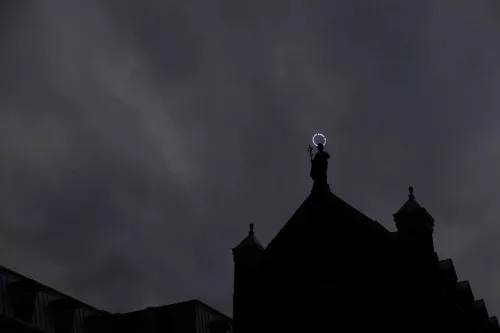
Of course silhouettes don’t have to have the sky in the frame, you can expose for other backgrounds, I just prefer to use the sky as my backdrop (though, see the duck silhouette as proof that I don’t only use the sky). There are many wonderful photos taken where you have a silhouette walking across shaded foreground with a landmark in the background, such as the Washington D.C. Capitol building. You can barely read a week of news without seeing such pictures like this. And despite their commonness, they still provide compelling imagery. Silhouettes are a great tool in your toolbox, either if you want to create something a little different, or even as a way to get otherwise unfavorable lighting conditions to work in your favor.

Read more:
John Hedgecoe’s Complete Guide to Photography, Revised and Updated
This is a book of assignments from the author, which are great to follow and guide you if you are looking for creative inspiration. He has a couple sections that deal with how to deal with adverse conditions, as well as shooting for silhouettes.
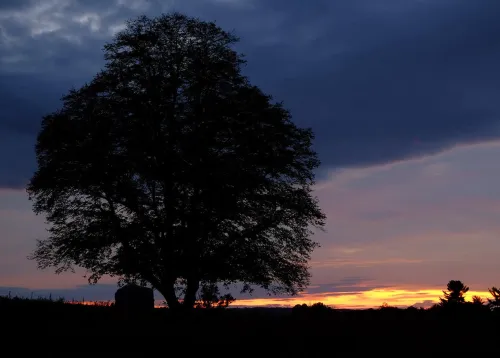
Comments